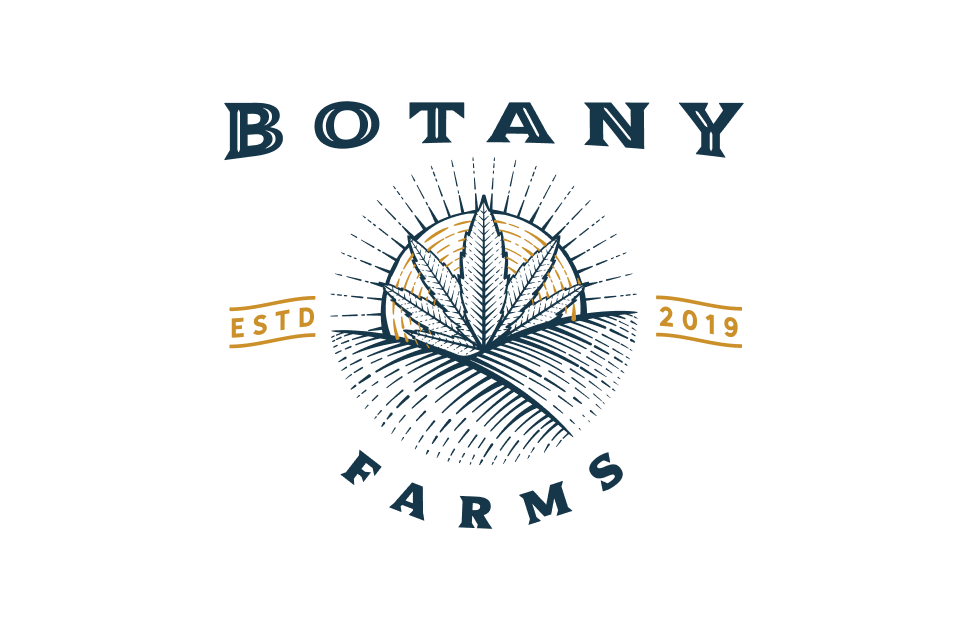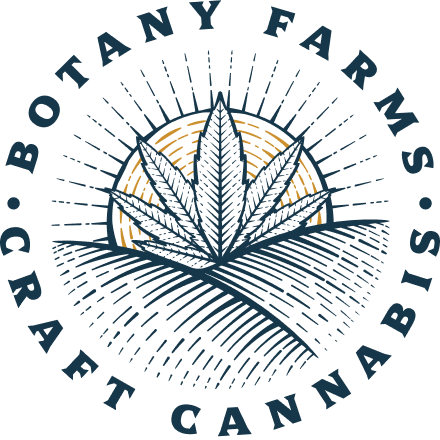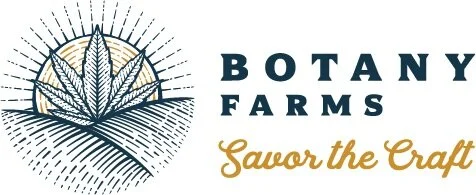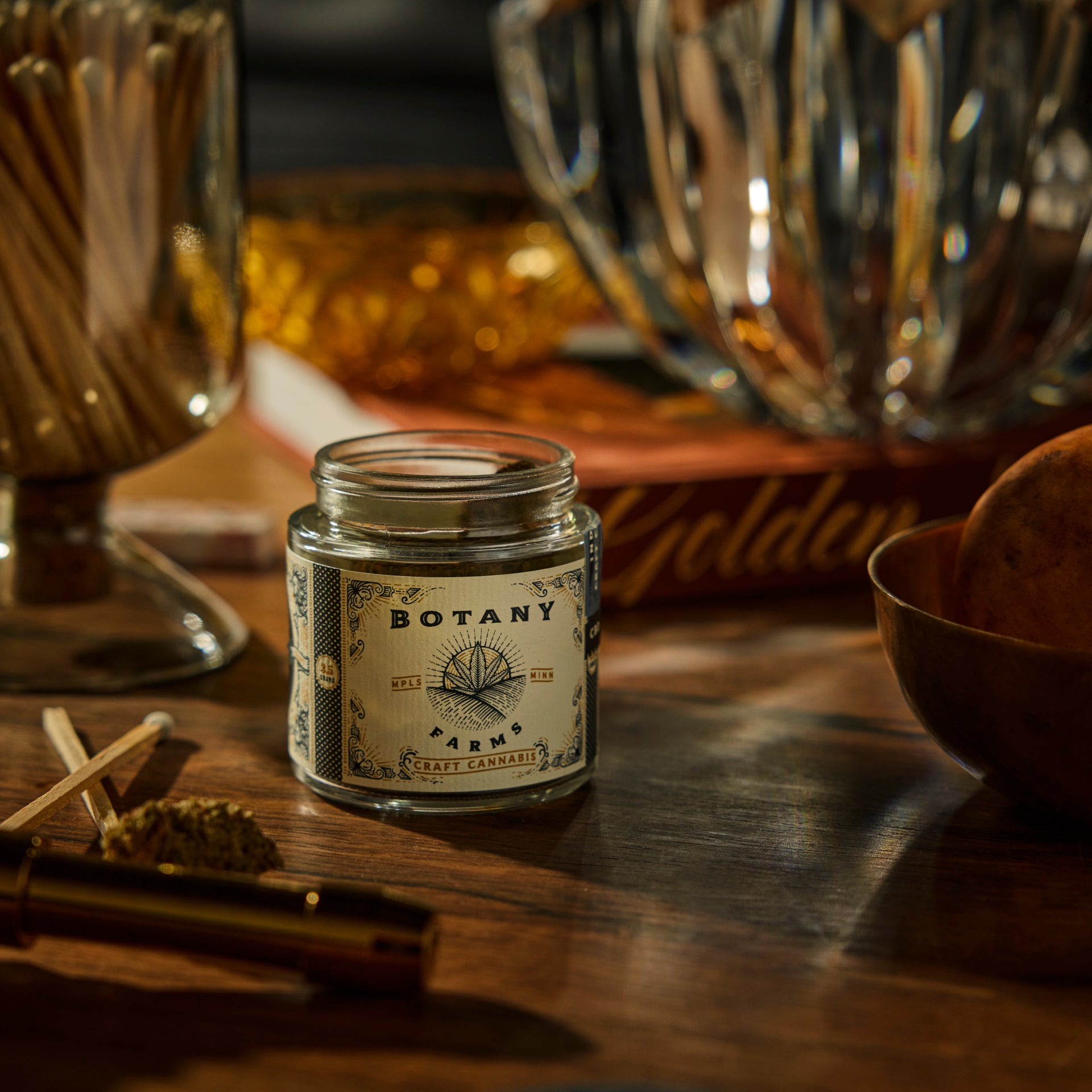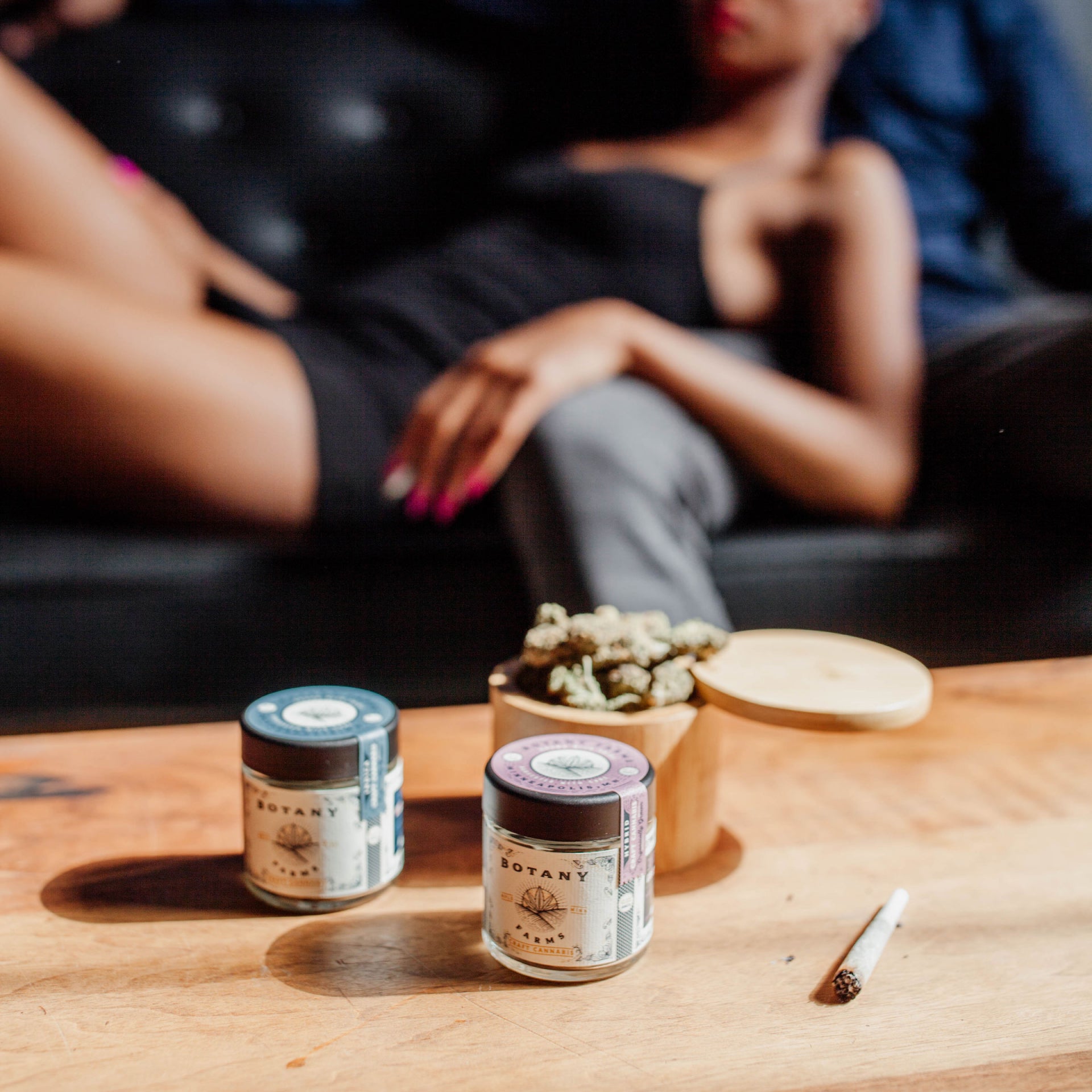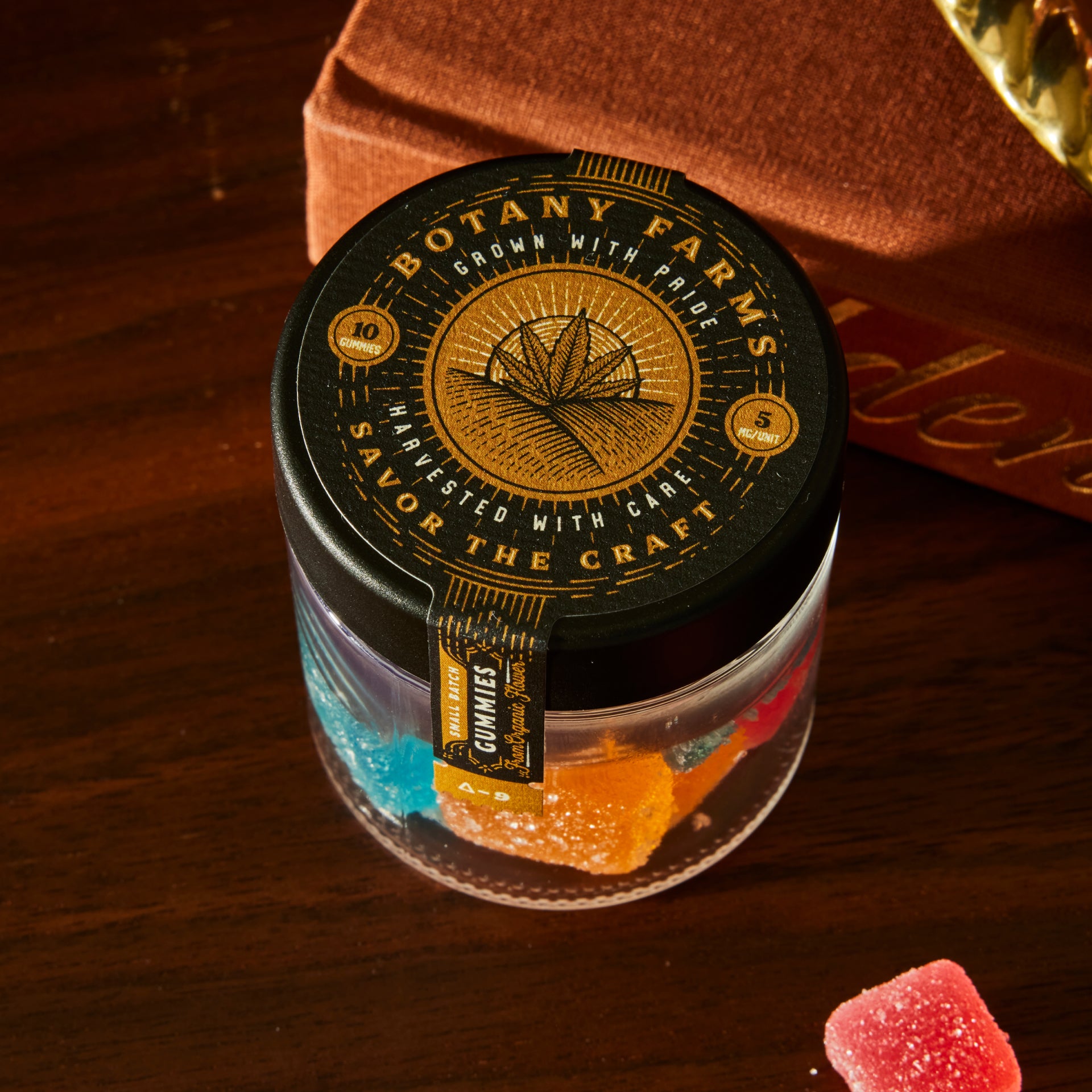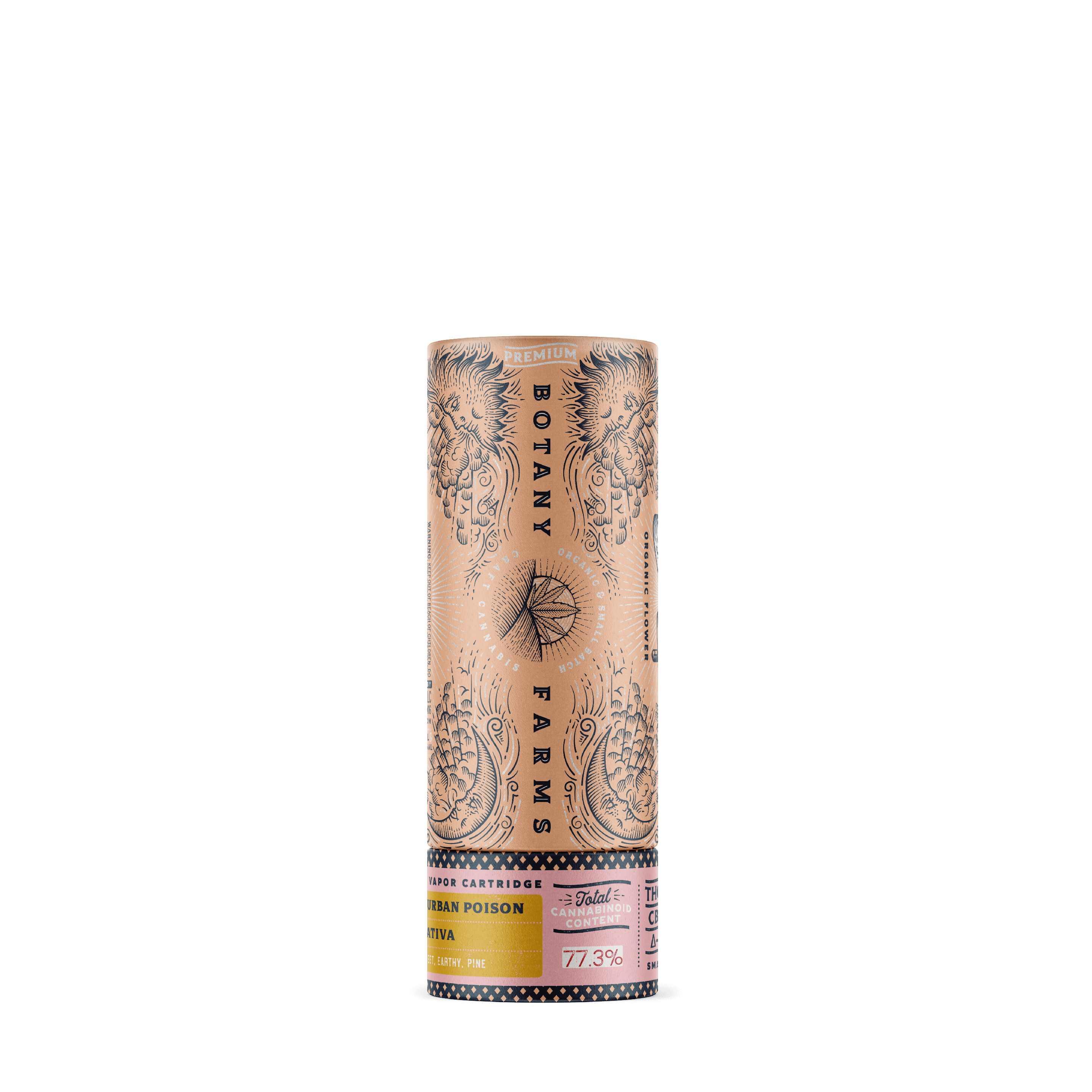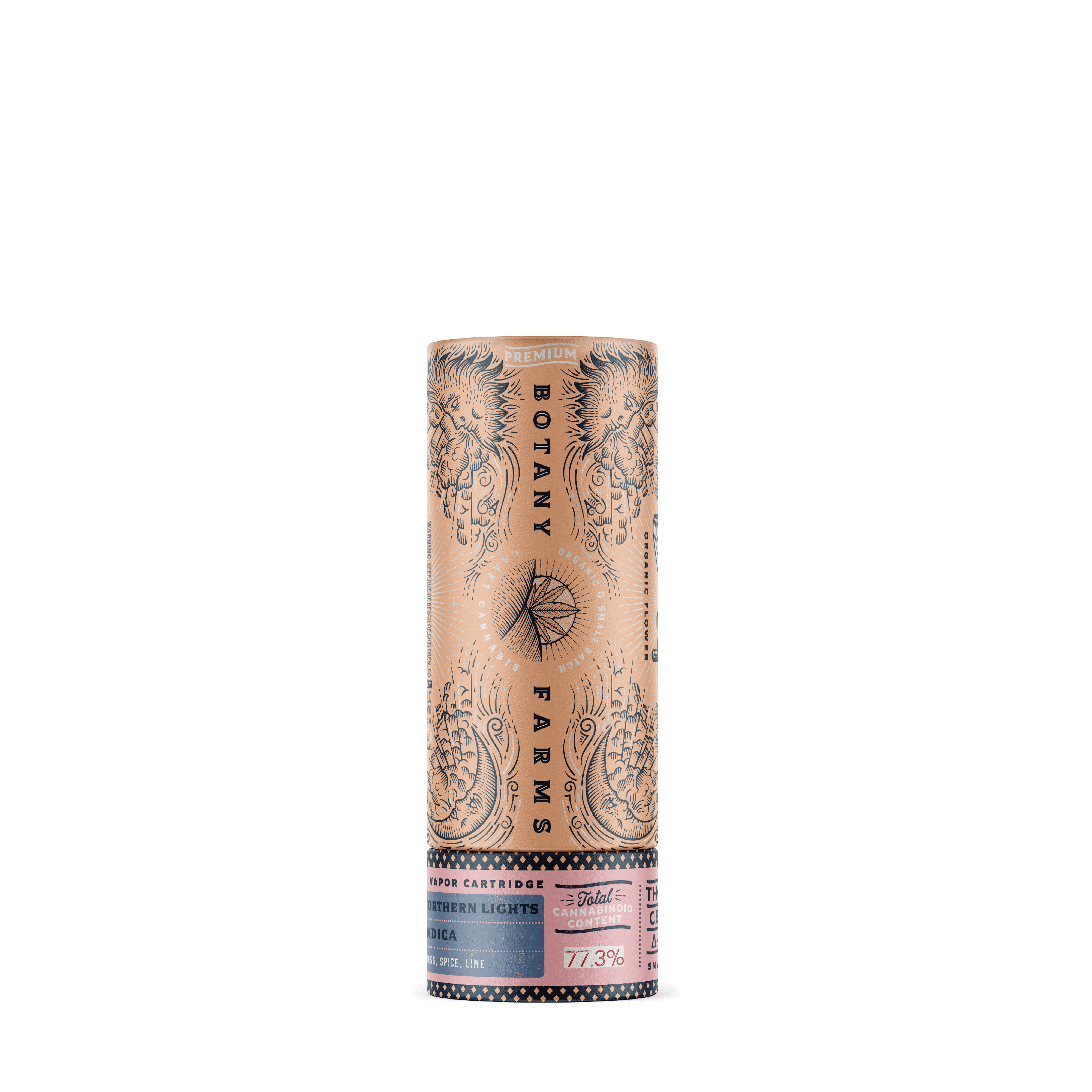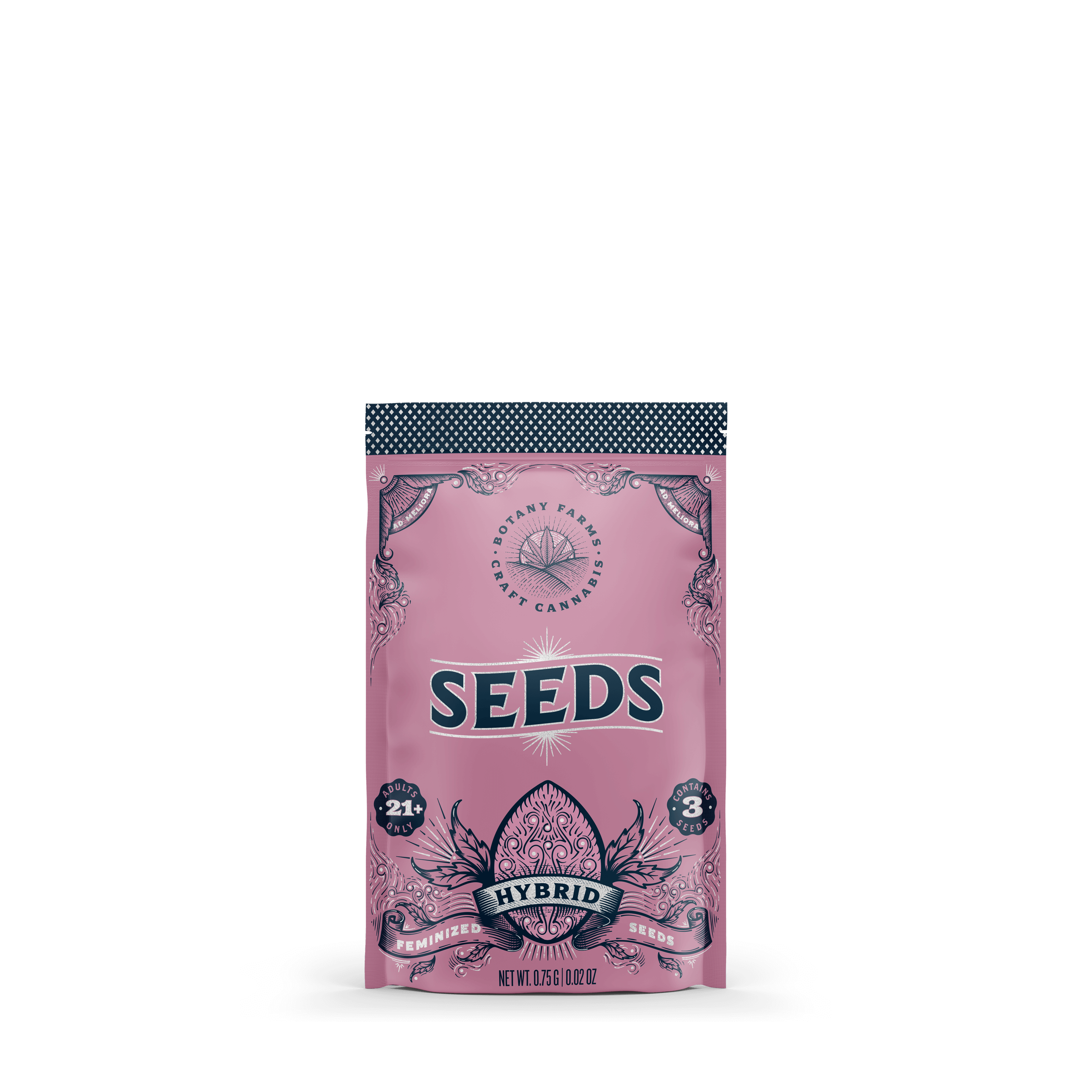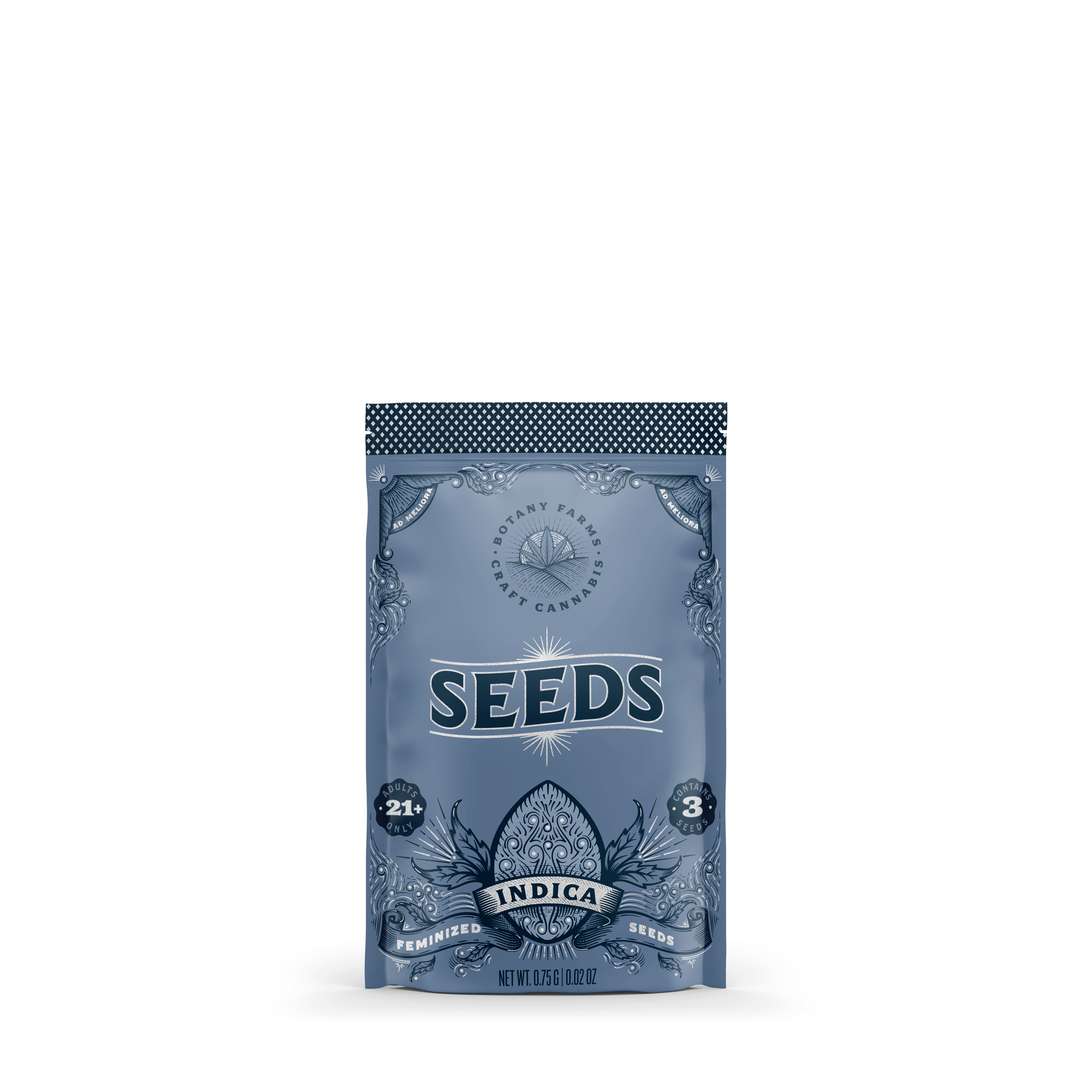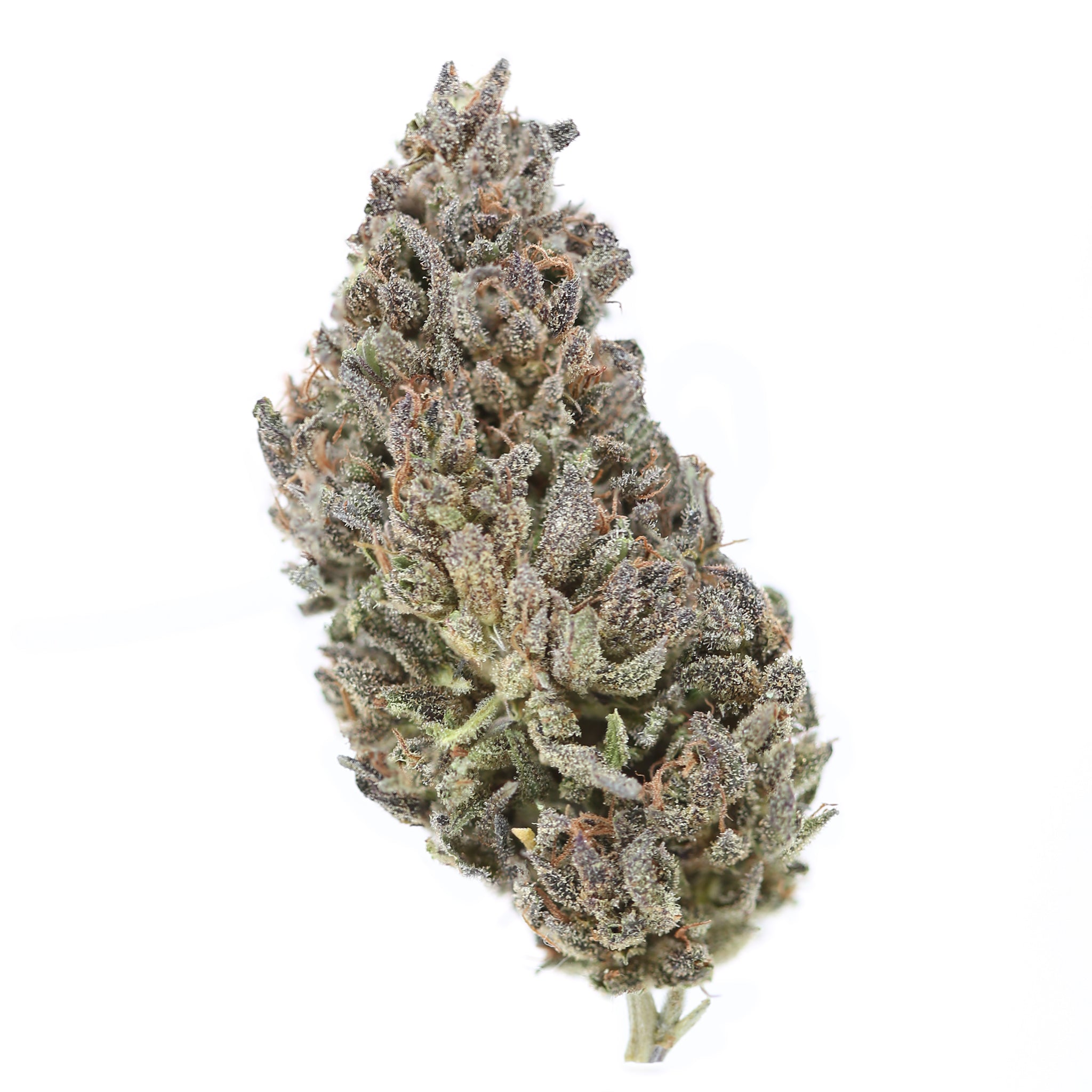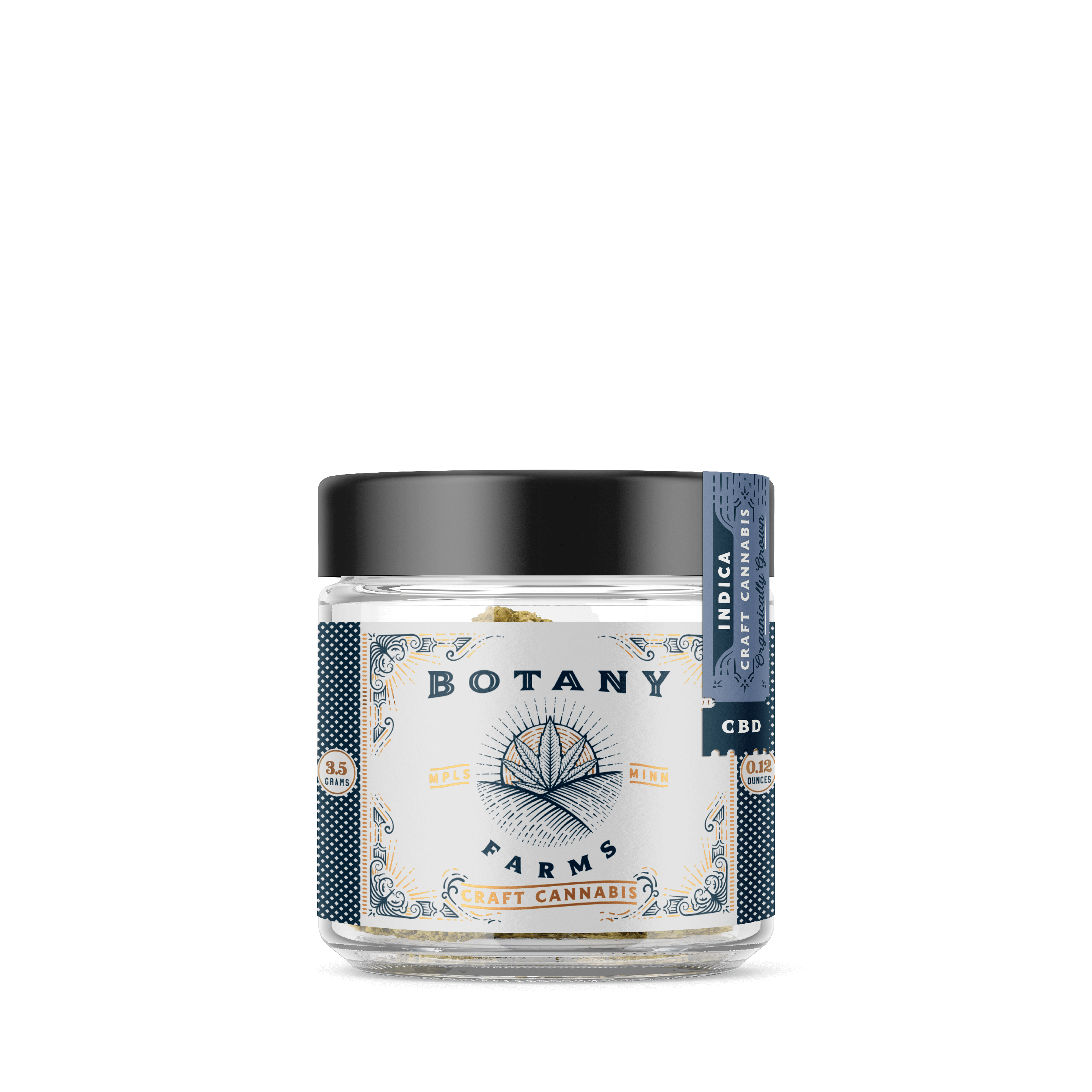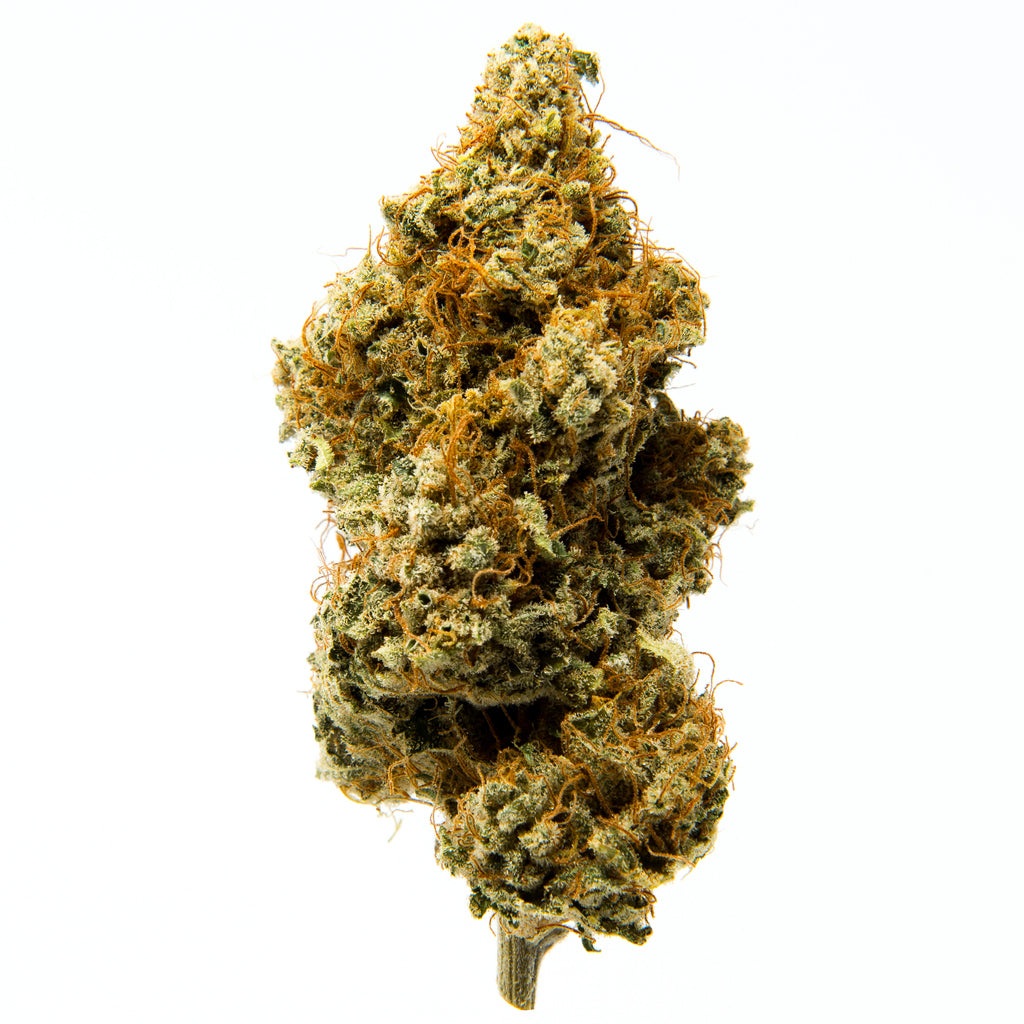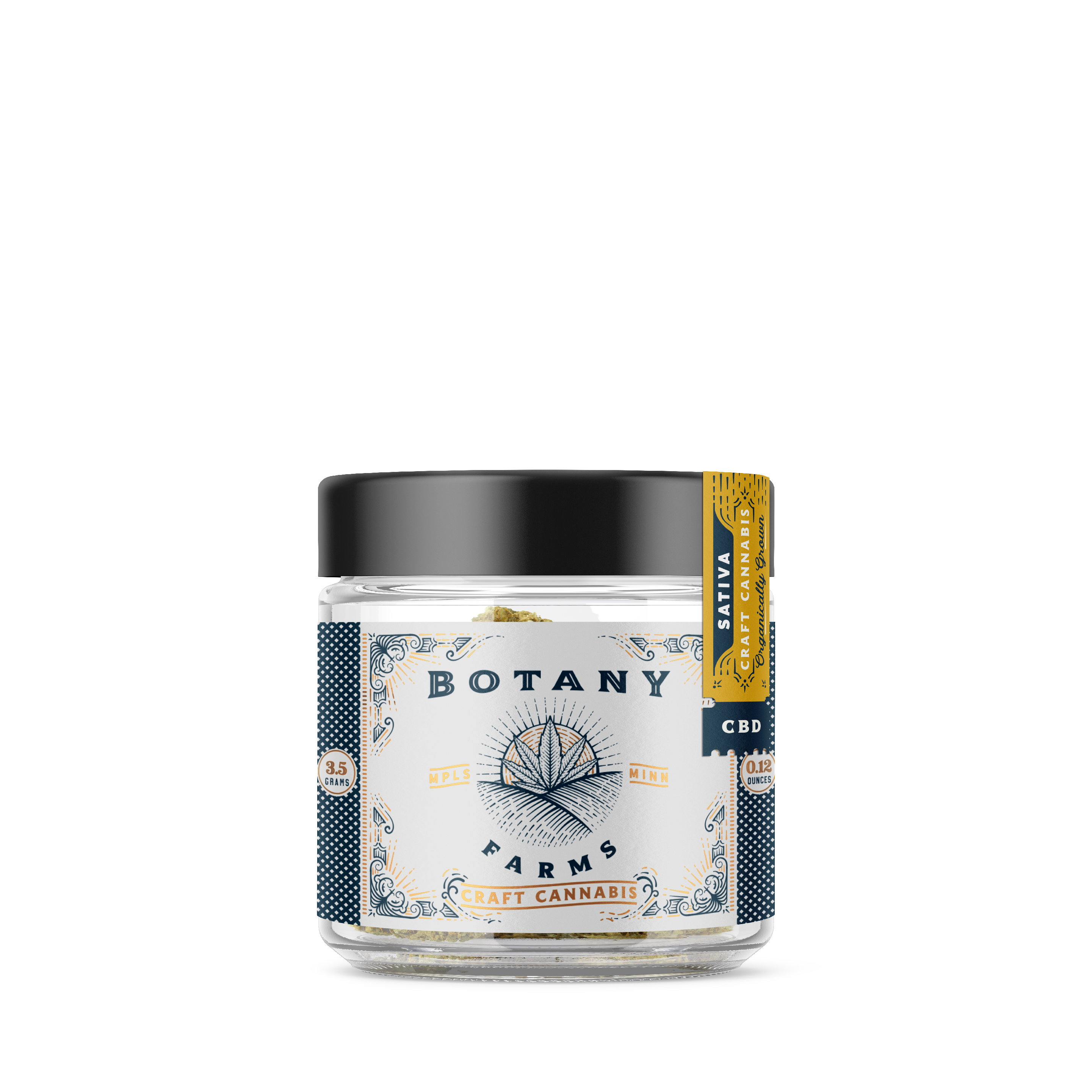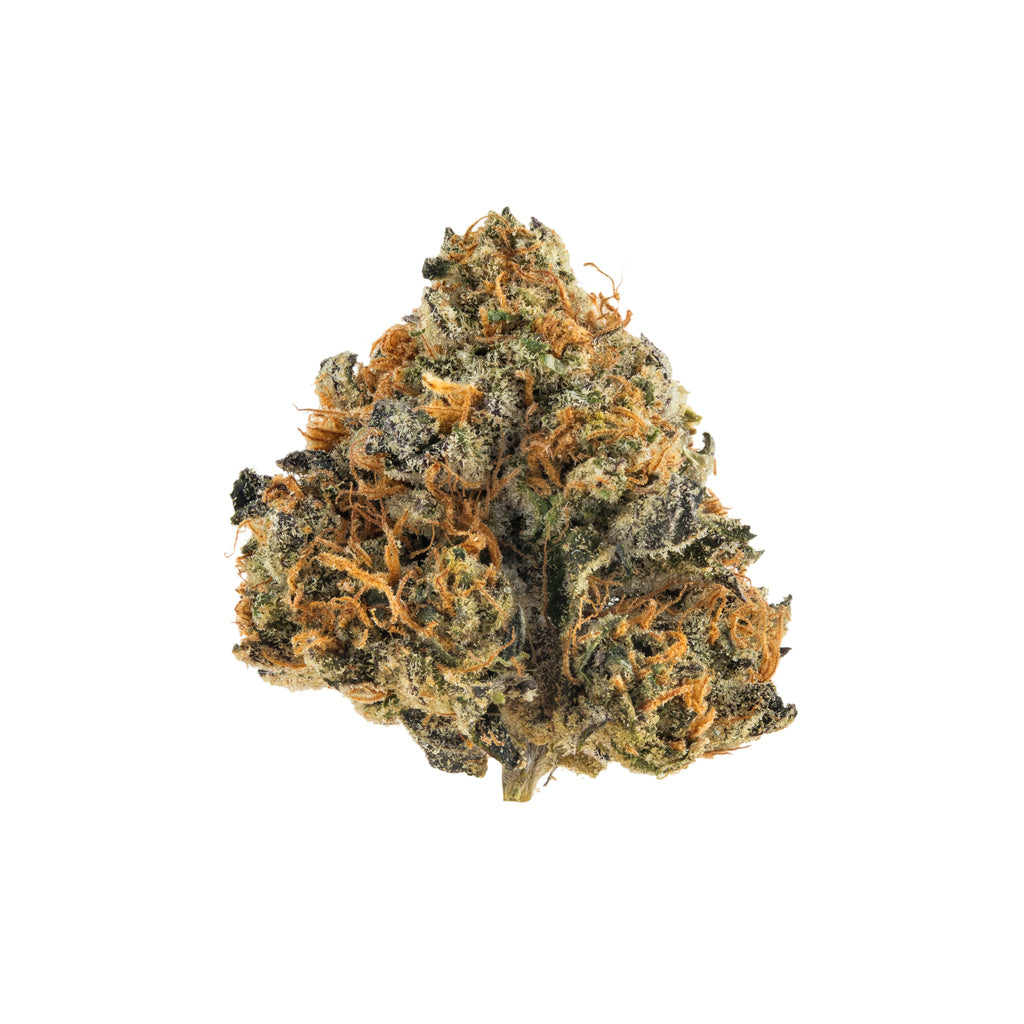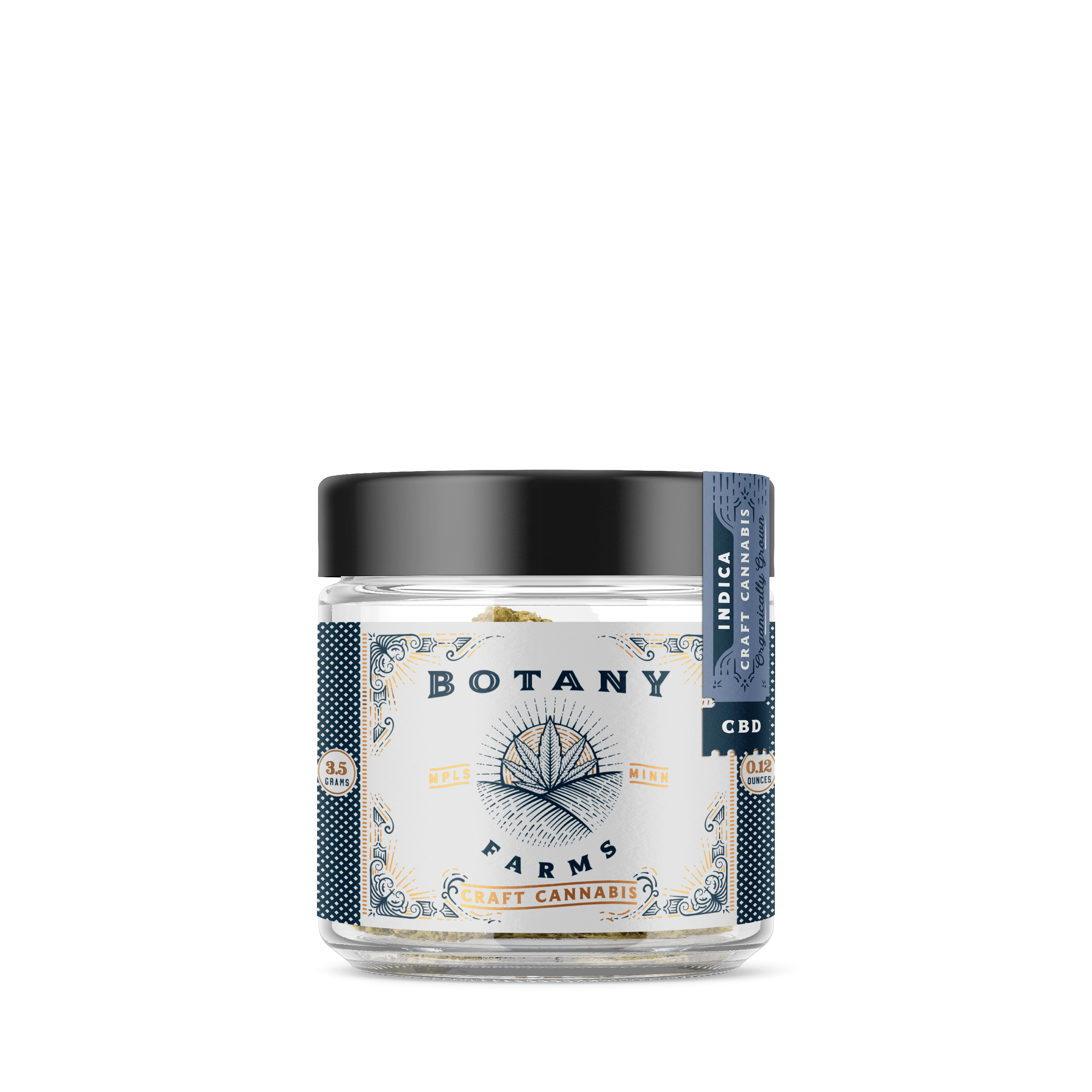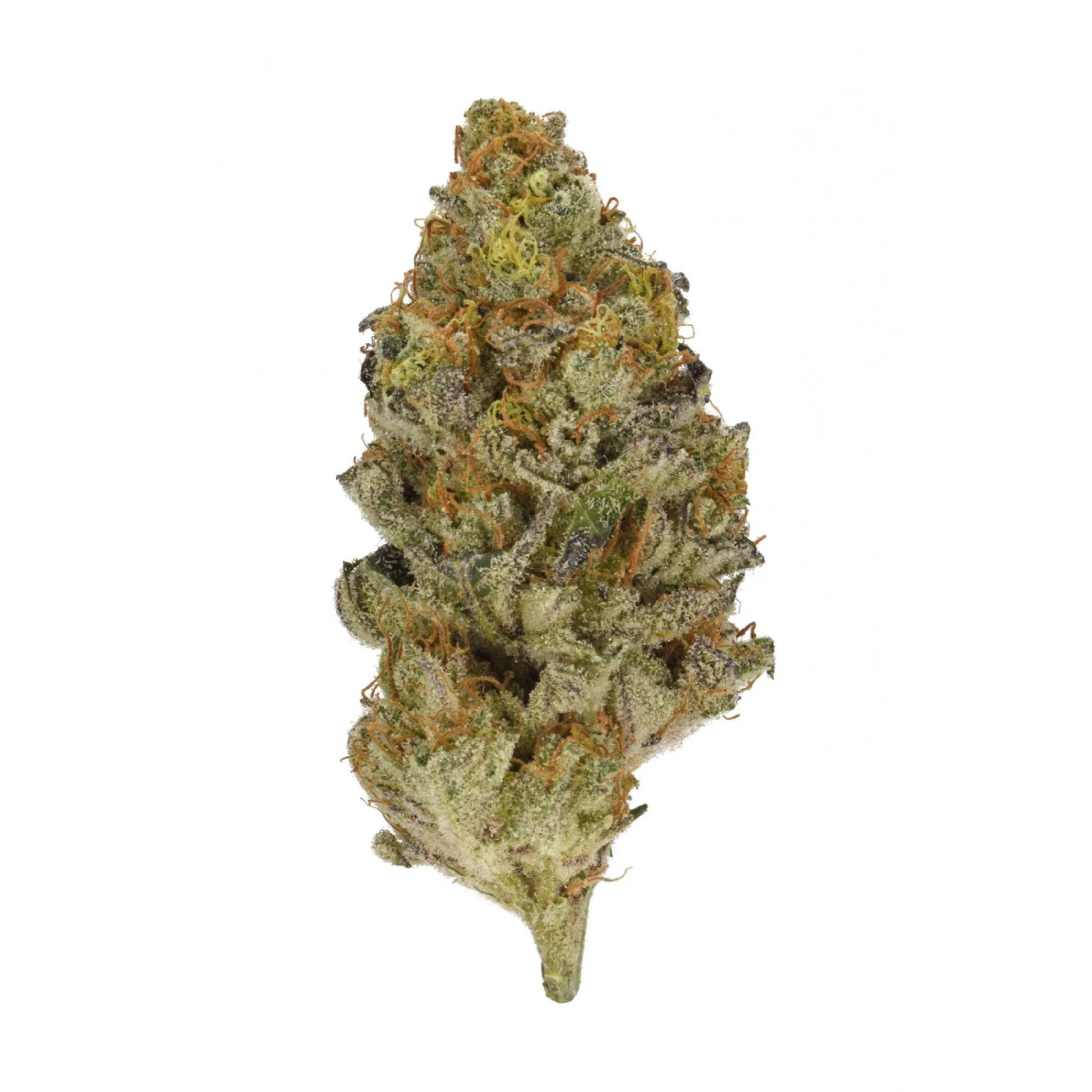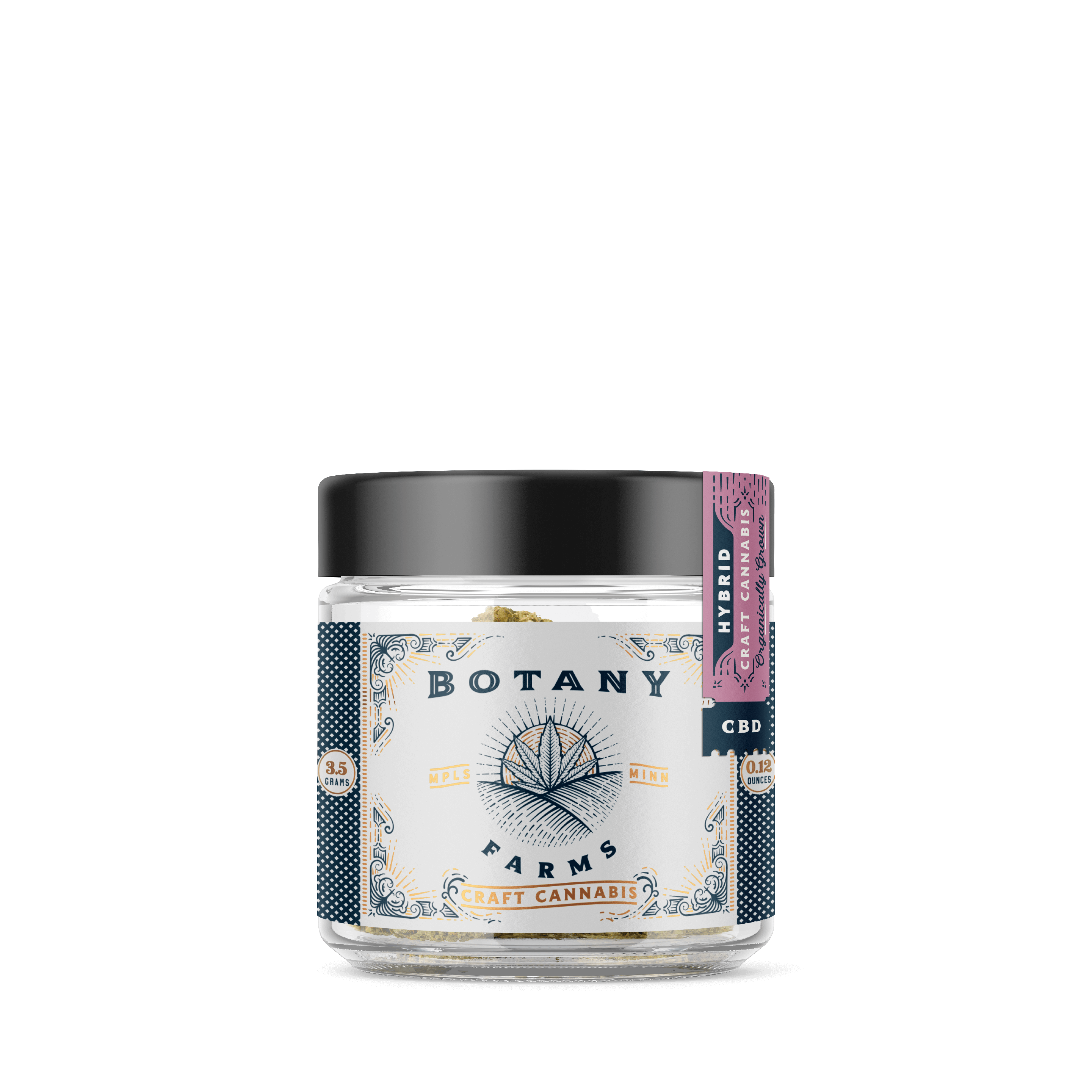- Key Takeaways
- What is THCa?
- How Strong is THCa?
- THCa vs THC Percentages and How They Vary
- Is THCa the Same as Delta-9 THC?
- How Does THCa Produce THC?
- So, What is a Good THCa Percentage and How Do You Know Them?
- What is a High THCa Percentage for Flower?
- What is a High THCa Percentage for Gummies?
- What is a High Percentage for THCa Diamonds?
- THCa Diamonds vs THCa Powder vs THCa Crystalline – Is There a Difference?
- Is a Higher THCa Percentage Better?
- Final Thoughts – What is a High THCa Percentage?
- Where to Buy Delta-9 Products Online
- THCA: Frequently Asked Questions
If you are trying to figure out exactly how potent your hemp or cannabis buds are, you might be tempted to look at the THC percentage, which is fair. After all, THC, or more specifically Delta-9 THC, is the number one most commonly occurring cannabinoid, and the one that is known for getting you high.
However, what many people don't know is that Delta-9 THC really would not exist without THCa, which is effectively the precursor to THC. You would not have the latter without the former. Things can get quite confusing when you start looking at the potency indications on the labels of the products you purchased.
While many of them indicate the Delta-9 THC contents, which often range anywhere from 10% to 30%, some may also indicate the THCa percentage. If you have a product where the THCa percentage is indicated, you might not really know exactly what this means. Today, we are here to figure out what exactly THC is, how it is related to Delta-9 THC, and how you can figure out how potent a strain is based on its THCa content.
Key Takeaways
-
Cannabis and hemp flower can range in THCa contents quite greatly, usually ranging between 10% and 30%, although this may also be lower or higher.
Anywhere between 15% and 20% is considered good, between 20% and 25% is considered quite potent, and above 25% is considered very strong.
Roughly 87.7% of THCa turns into Delta-9 THC through the decarboxylation process, And you'll find out more about this conversion process as you read below.
Check out this article if you want to find out what some of the best high THCa hemp strains are.
What is THCa?
THCa stands for Tetrahydrocannabinolic acid. This is technically known as the acidic precursor or the acidic version of Delta-9 THC, which means that THCa turns into Delta-9 THC. THCa on its own is not known for being psychoactive or intoxicating.
Due to its chemical structure and its molecular makeup, it does not have a very strong affinity to bind with your cannabinoid receptors, especially with CB1 receptors which are thought to be responsible for producing the high associated with Delta-9 THC. For this reason, it should not get you high.
However, through a process known as decarboxylation, which is when a relatively specific amount of heat is applied to the THCa or raw THCa flower, a chemical reaction occurs which causes the THCa cannabinoid to convert into Delta-9 THC.
To be specific, there is an extra carboxyl group located in the THCa’s molecular chain. When heat is applied, that extra carboxyl chain disappears, hence the name, decarboxylation.
Once this extra carboxyl train disappears, THCa is effectively converted into Delta-9 THC, and thanks to this new molecular structure, it has a much easier affinity to bind with CB1 and CB2 receptors. It is thought that this difference in chemical makeup is the reason why THCa does not get you high, whereas Delta-9 THC does.
If we go in the other direction, THCa stems from CBGa. CBGa is known as the mother of all cannabinoids. All hemp and cannabis plants start out by developing CBGa. The plants then convert that CBGa into THCa, CBDa, and CBCa. Which of these cannabinoids CBGa turns into in part depends on the specific type of hemp or cannabis plants and which enzymes it possesses. Remember that THCa is not the same as THCv.
How Strong is THCa?
To ask how strong THCa is can be somewhat misleading, because as mentioned above, THCa on its own should not be intoxicating or psychoactive. Due to its weak affinity to bind with cannabinoid receptors, specifically the CB1 receptors, it should not produce any kind of high.
Therefore, asking how strong it is doesn't really make much sense, especially when compared to other cannabinoids, such as Delta-9 THC, which do get you high. In this sense, if we are talking about getting you high, THCa is not strong at all. That said, THCa as a cannabinoid, even in its so-called inactive form, should still produce a variety of potential health benefits, all without causing an intoxicating effect.
This is not to say that THCa does not have the potential to be very potent, because it turns into Delta-9 THC through the process of decarboxylation. The trick here is to then look at the potential total amount of THC present in your strain.
This is done by doing a simple calculation that converts the current THCa percentage into the potential Delta-9 THC percentage once the flower has been decarboxylated.
The rule of thumb here is that roughly 87.7% of THCa is converted into Delta-9 THC through decarboxylation. So, if raw cannabis flower is labeled as having 10% THCa, then you would multiply that by 0.877, therefore leaving you with 8.77% Delta-9 THC once decarboxylation has occurred.
THCa vs THC Percentages and How They Vary
This is a somewhat complicated subject. After all, you can't really pit THCa against THC, because you wouldn't have the latter without the former. First and foremost, the cannabinoid contents of any flower depend on a variety of factors, mainly the strain in question.
Some strains of hemp or cannabis contain many more cannabinoids than others. Furthermore, indica strains of cannabis tend to contain higher levels of THC than sativa strains, although this is not always the case.
How much THCa or THC a plant contains also depends on the growing conditions, the quality of the flower, genetics, and more. Both THCa and THC percentages can vary greatly from one plant to another. Some plants may contain well under 10% THCa whereas others may contain 30% THCa or more.
Seeing as THCa converts into Delta-9 THC through decarboxylation, it is safe to assume that the THCa percentage is therefore directly related to the overall Delta-9 THC percentage once decarboxylation occurs. As mentioned above, you can assume that roughly 87.7% of THCa is converted into Delta-9 THC.
Therefore, if you have flower that is labeled as having 20% THCa, multiply this by 87.7%, which gives you a total Delta-9 THC potential of 17.54%. In terms of how they vary, because a good bit of the cannabinoids are lost through the decarboxylation process, flower usually always contains higher levels of THCa compared to Delta-9 THC once the chemical change has occurred.
What gets even more confusing is that it appears as though some cannabis strains do contain minute levels of Delta-9 THC before decarboxylation, which is why a formula for the total potential THC contents for flower exists.
The formula is Total THC = THC + (THCa x .877). Therefore, you would take the indicated THC percentage, and add it to the THCa percentage (after multiplying the THCa by 87.7% to account for cannabinoid loss during decarboxylation).
However, the total Delta-9 THC content of raw and hemp or cannabis flower is generally so minute that it's not worth paying attention to. If you want to know how much Delta-9 THC your cannabis or hemp has after it has been decarboxylated, it is the pre-decarboxylation THCa level that you need to consider.
Is THCa the Same as Delta-9 THC?
Although they are very closely related, technically speaking, THCa and Delta-9 THC are not the same things. Interestingly enough, this is one of the main reasons why THCa hemp flower is still considered legal at the federal level.
According to the 2018 federal Farm Bill, any cannabinoid product must be derived from the hemp plant to be considered legal, which means that the plant in question is not allowed to contain more than 0.3% Delta-9 THC. The law specifically states that what defines hemp is the Delta-9 THC content.
However, there does not appear to be a mention of THCa. According to the strict legal definition of what qualifies as industrial hemp under the 2018 Farm Bill, THCa should be considered legal.
Even though THCa converts into Delta-9 THC through the process of decarboxylation, on its own, the THCa molecular structure is different from Delta-9 THC. Although THCa converts into Delta-9 THC, they are not the same things.
This is why marijuana flower and products containing over 0.3% Delta-9 THC are not considered legal, whereas products containing much higher levels of THCa are generally considered legal. Whether or not you want to call this a bit of a gray area or a legal loophole is up to you, but the result is the exact same, the two are substantially different from each other.
How Does THCa Produce THC?
THCa produces THC or Delta-9 THC through a chemical conversion process known as decarboxylation. As the name implies, decarboxylation involves the removal of a carboxyl chain or carboxyl group from THCa’s chemical makeup. Decarboxylation involves the application of heat, generally around 250 degrees Fahrenheit for roughly 30 minutes.
This causes a significant chemical reaction which results in THCa dropping that extra carboxyl group, which effectively turns it into Delta-9 THC. However, if not enough heat is used during the decarboxylation process, then not all of the THCa will be converted into Delta-9 THC.
On the other hand, if temperatures are too excessive, then some of that THCa will burn off, or the Delta-9 THC will burn off as soon as it is converted, as opposed to remaining in the flower. Therefore, using the right temperatures and amounts of time for decarboxylation is essential. If you don't do it right, you end up losing a lot of those valuable cannabinoids.
So, What is a Good THCa Percentage and How Do You Know Them?
What you consider to be a good THC percentage is relatively subjective, because some people require more and some people require less.
Beginner smokers or cannabis enthusiasts may only need 10% or 12% Delta-9 THC to get high, whereas more seasoned cannabis connoisseurs may want closer to 30% THC. Exactly how much THCa or Delta-9 THC you need to achieve the desirable effect depends on your size, body weight, experience as a smoker, sensitivity to THC, and more.
However, strictly speaking, most people would likely consider a THCa percentage above 15% to be relatively good, although still on the somewhat weaker side of things, with between 15% and 20% being ideal.
Remember that after the decarboxylation process, of that 15% THCa, you'll be left with closer to 13% THC, which is generally considered to be fairly low, although certainly a good start for beginners who don't have much experience or a high tolerance. If we have flower with 20% THCa, after conversion, you’d have about 17.5% Delta-9 THC, which should be strong enough for beginners and veterans alike.
The other way to know for sure exactly how much THCa your flower contains is by sending it off for testing using an accredited and reliable testing service.
What is a High THCa Percentage for Flower?
If you want to know what a very potent THCa flower looks like, it would have anywhere between 25% and 35% THCa. Very specialized and high-quality strains that have been bred specifically for potency may contain such high levels of THCa. Just for reference, if flower contains 35% THCa, after decarboxylation, it would contain closer to 30.7% Delta-9 THC, which is still very high.
Caution is however recommended when dealing with strains that have such high levels of THCa and Delta-9 THC, because excessive THC levels are often associated with some negative side effects, such as paranoia, anxiety, dizziness, sweating, and dry mouth. THC levels in excess of 25% or 30% are best left for the most seasoned of cannabis consumers.
What is a High THCa Percentage for Gummies?
If we are talking about gummies or other edibles, a relatively high THCa percentage would be around 10% to 15%. Keep in mind that if we are talking about edibles, the THCa is usually not yet decarboxylated.
The point of THCa gummies and other edibles is generally to provide you with the various potential therapeutic benefits of THCa, all without actually getting you high. In this sense, THCa edibles are relatively similar to CBD edibles, as both are known for having various potential benefits without having intoxicating effects.
Only if the THCa within the gummies has been decarboxylated will it produce a notable high. Although technically speaking, once THCa has been decarboxylated, it is no longer THCa, but rather Delta-9 THC.
What is a High Percentage for THCa Diamonds?
THC eight diamonds are effectively one of the purest and most potent forms of THCa. The THCa crystals are extracted from raw hemp and cannabis flower, and then isolated to create some of the most potent products around.
A high THCa percentage for THCa diamonds would be anywhere between 85% and 99%. Once again, this is perhaps one of the most concentrated forms of THCa.
However, unlike gummies where you eat raw THCa, which has not been decarboxylated, if we are talking about THCa diamonds, these are usually always vaporized or smoked. Both vaporizing and smoking produce enough heat to cause decarboxylation to occur, therefore turning that extremely high THCa content into a very high Delta-9 THC content.
For instance, if the THCa diamonds in question were 90% potent, once decarboxylation occurs, this would still result in a near 80% THC level, which is very strong. This would therefore produce a very notable high.
THCa Diamonds vs THCa Powder vs THCa Crystalline – Is There a Difference?
There are different forms of extracts or concentrates that can be made with a variety of cannabinoids, and when it comes to THCa, these include diamonds, powder, and crystalline.
THCa Diamonds
First, we have THCa diamonds, which are usually used for dabbing or vaporizing. THCa diamonds are made from very high-grade distillates, and they usually have extremely high THCa concentrations, usually 99%. This is a fan favorite when it comes to dabbing.
As you can probably tell by the name, this takes the form of small crystals or diamonds. Because this type of concentrate is usually always dabbed, the THCa is always activated and turned into Delta-9 THC, therefore producing a very potent high.
THCa Crystalline
We then have THCa crystalline, which is another type of THCa concentrate that has been extremely refined, therefore producing a potency or purity of well over 99%, usually always as close to 100% as humanly possible. This type of THCa is usually also dabbed or vaporized, and it produces an even cleaner, purer, and more potent experience than diamonds.
In terms of the look, you can imagine THCa crystalline looking something like coarse sugar. It also takes less heat to vaporize THCa crystalline than it does THCa diamonds. Furthermore, because this type of concentrate is usually always dabbed or vaporized, the THCa converts into Delta-9 THC, therefore producing a very notable high.
THCa Powder
THC a powder is created by freezing and grinding a flower down into powder form. During this process, the THCa is extracted from the plant material and then crystallized into a powder that has a light green color. This extract or concentrate is generally not quite as potent as both of the others mentioned above.
It is also possible to dab or vaporize THCa powder, in which case it will convert into Delta-9 THC. However, if you just want the potential therapeutic benefits of THCa, all without getting high, you can consume raw THCa powder without heating it. You can mix it into a beverage or just consume it as is.
Is a Higher THCa Percentage Better?
Generally speaking, yes, most people would say that a higher THCa percentage is better. If we are talking about raw THCa, without converting into Delta-9 THC. It does of course have a variety of potential health benefits. Realistically, the more THCa is present, it would serve to reason that the benefits would also be more pronounced.
If we are talking about converting THCa into Delta-9 THC through decarboxylation, more would also seem better. If you are looking to get very high, more Delta-9 THC will do just that. Simply put, the more Delta-9 THC you want, the more THCa the plant matter in question has to start with.
We suppose this is more a subjective question than anything because how high the THCas] or Delta-9 THC percentage in any product should be? It really depends on what your needs and preferences are over anything else. Beginners might find very high percentages too much to handle, whereas seasoned veterans may find very low percentages two a week to produce any kind of notable effect.
Final Thoughts – What is a High THCa Percentage?
The bottom line here is that if you are looking to achieve a decent high, then a THCa percentage of anywhere between 15% and 20% is an ideal starting point, with experts potentially wanting up to 35% THCa. If you're looking for something extremely potent, going for some crystalline, powder, or diamonds is recommended.
Where to Buy Delta-9 Products Online
If you are looking to get just a little high and reap the potential benefits of THC, check out some of our best-sellers right here at Botany Farms.
For instance, our Blue Raspberry Delta-9 THC Gummies are a huge hit, as are our Botany Farms Mixed Flavor Delta-9 THC Gummies. If you’re a beginner, we recommend checking out our Pink Lemonade Nano Microdose Delta-9 THC Gummies.
THCA: Frequently Asked Questions
Let's finish off the day by quickly answering some of your most frequently asked questions about THCa.
What Type of High is THCa
THCa on its own is generally not considered to be psychoactive or intoxicating and therefore does not produce any notable high.
What is THCa Flower?
THCa flower is hemp flower that contains high levels of THCa.
How is THCa Flower Made?
THCa flower is made just like any other kind of hemp or cannabis flower, by growing or cultivating it for many months, with great care.
Is THCa Natural?
Yes, THCa is natural, one of the most important naturally occurring precursor cannabinoids found in hemp and cannabis plants.
What is the Difference Between THC and THCa?
The main difference here has to do with their chemical structure, mainly the extra carboxyl chain contained in the THCa molecule. This leads to the difference in the binding affinity with cannabinoid receptors. The biggest difference is that THC gets you high, whereas THCa generally does not.
